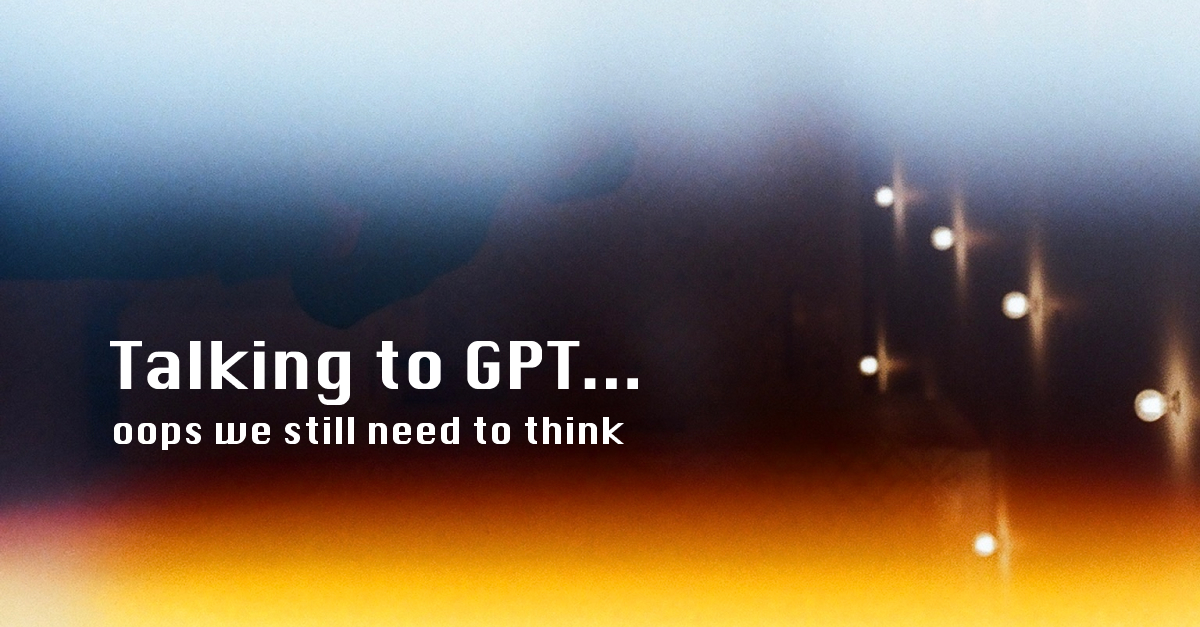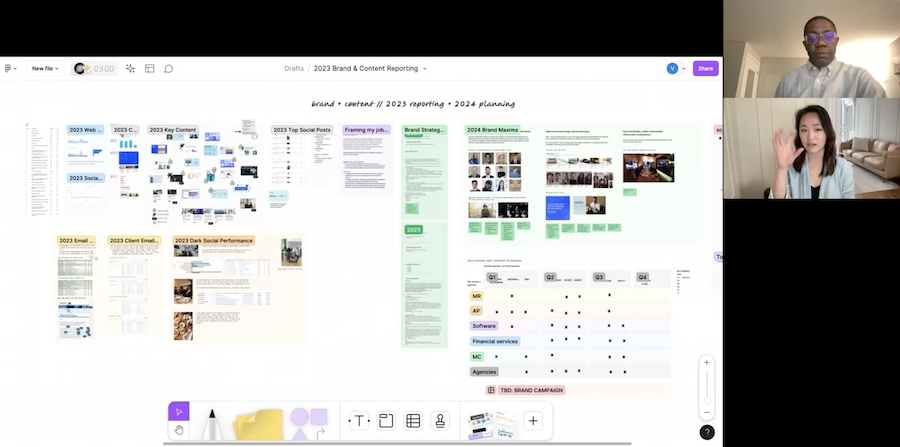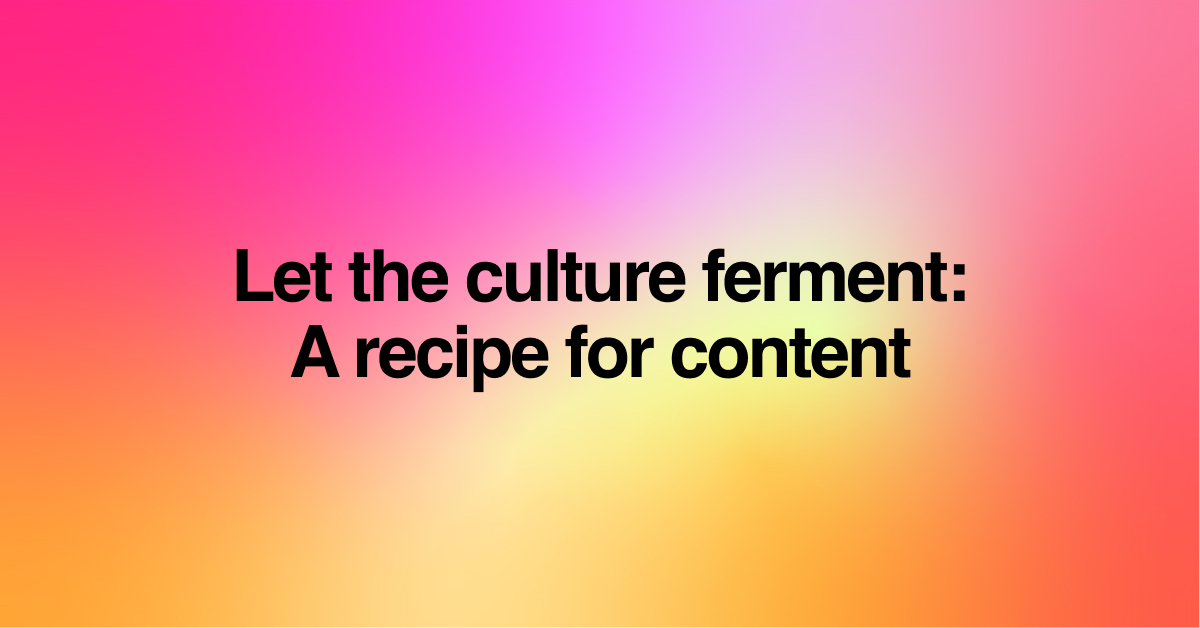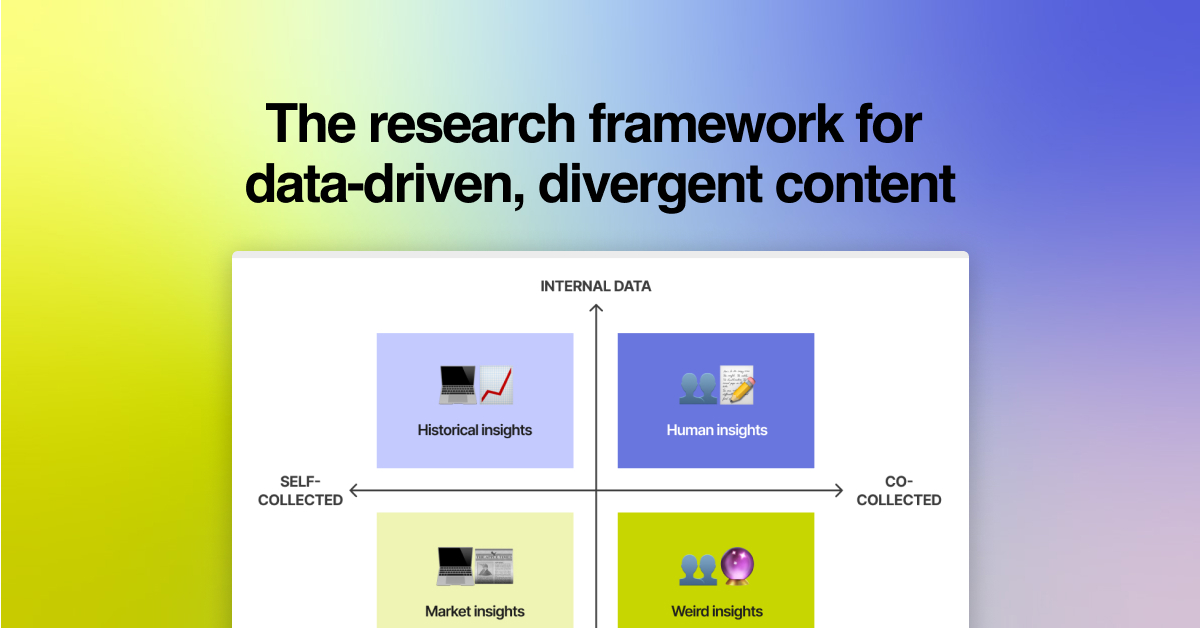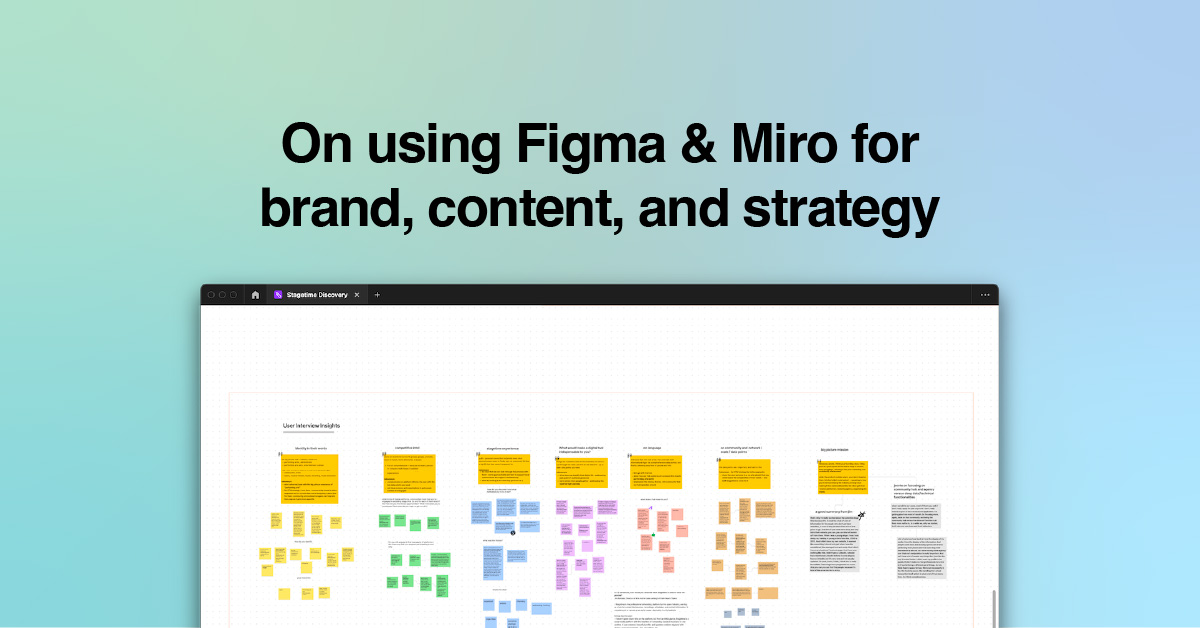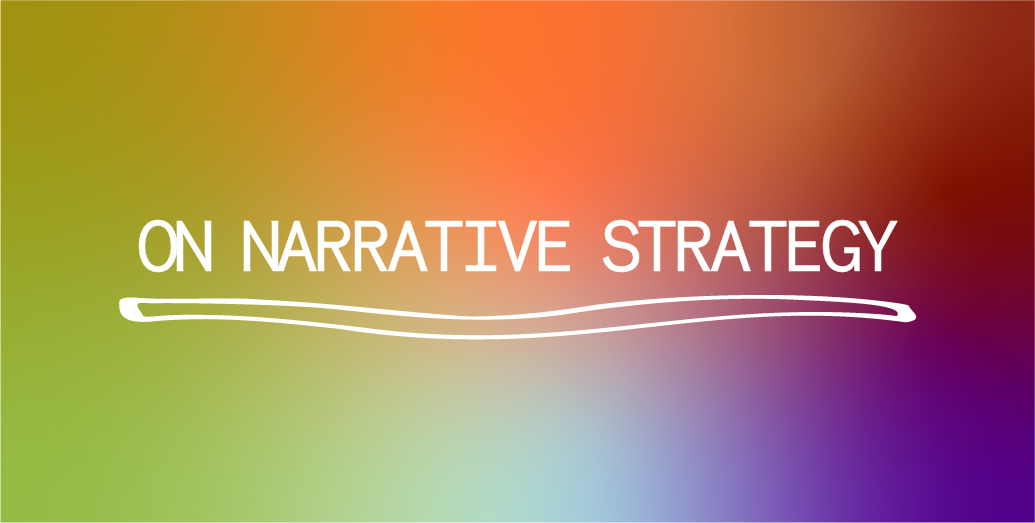
Latest in: strategy
While it’s true LLMs have changed how I work, it feels incomplete to call them indispensable to my workflow. My brain is no less tired at the end of the day. Humans can’t use server overloaded as an …
From: Department of Strategic LeadershipDate: Effective Immediately Summary:Due to recent incidents, management would like to remind employees that power abuse, sexual harassment, discrimination, infancy, cynicism, positivity, or misconduct of any kind will not be tolerated. Any …
The market's been bleeding. Product building and GTM thinking need defibrillation. Retooling process is the way to resurrection! sounds like a delusion but there's truth to it and today I'm joined by Winston Ford, our Senior Product …
Originally published on The Content Technologist on September 21, 2023. Whether you know it or not, your next big campaign hinges on the technical concepts behind culture-making: organizational design. Applied to content strategy, organizational …
Originally published on The Content Technologist on June 1, 2023, as “Keep brands weird: The research framework for exceptional data-driven content.” Content strategy is a dance. It takes artful maneuvering to charm humans with …
Originally published on The Content Technologist on March 16, 2023, as “Why content strategists should add visual concepting software to their toolkits.” ChatGPT and its generative friends may look shiny, but don't forget about …
Let's start with marketing. It's the most visible medium for narrative strategy — that amorphous, curious, invisible energy that causes companies to rise and fall. Most marketing is bad. Or if not bad, mediocre …
© 2025 Vicky Gu
